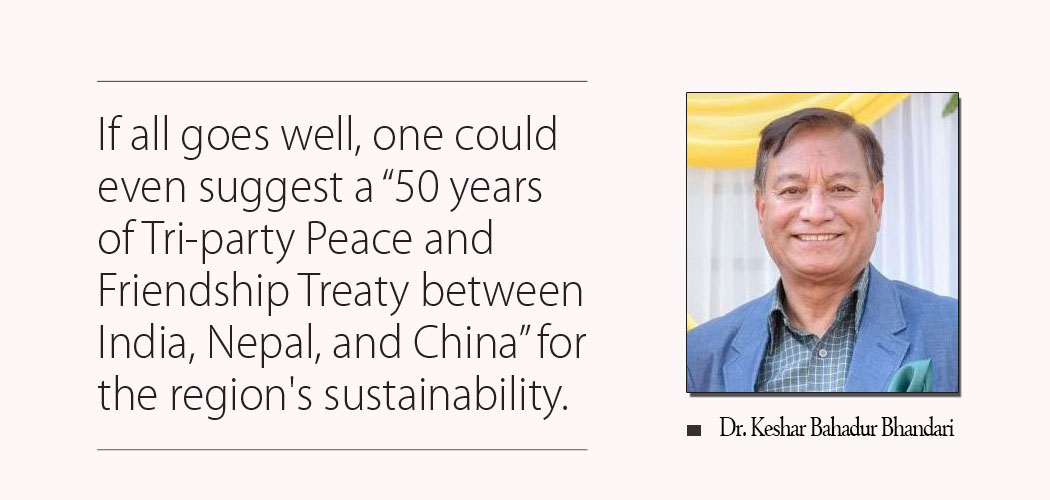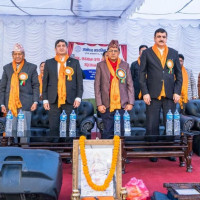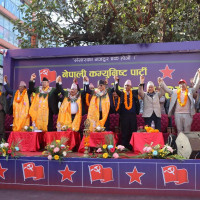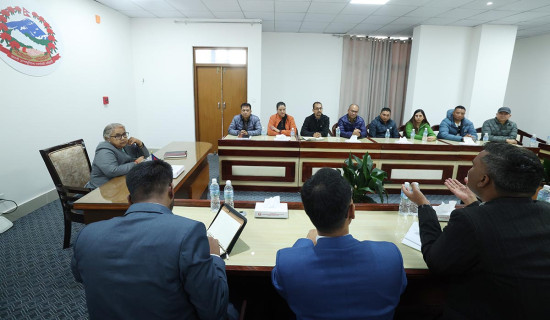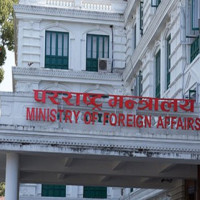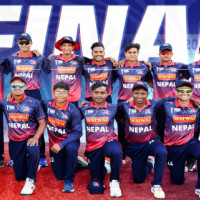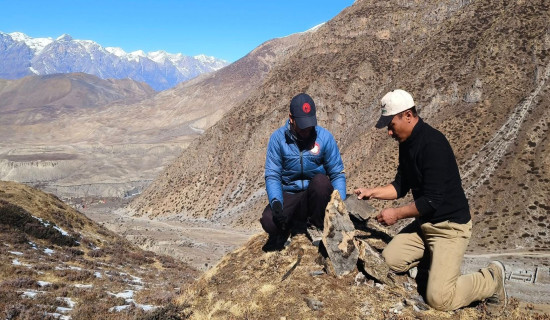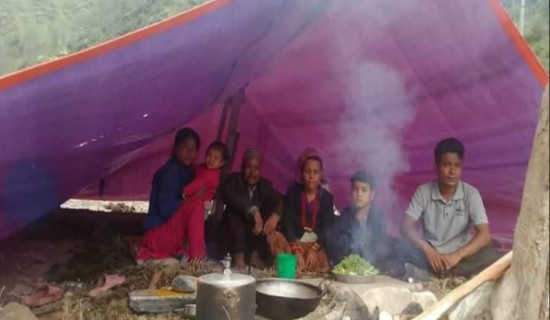- Monday, 1 December 2025
Geopolitical Power Pivots To Asia
The hype surrounding 'Howdy Modi and Namaste Trump' died down due to the unilateral US decision to impose 50 per cent tariffs on Indian goods as a means to discipline India for importing Russian oil, widening their rift. China, having a strained relationship with the USA, is further alienated by the recent tariff war. There are no permanent friends or enemies in international relations; what remains permanent is national interests. The USA has recently demonstrated this by improving its relationship with Pakistan. The US strategic interest in this region is to use India to counterbalance China and use Pakistan to check India. Since the USA has alienated both China and India (IC), this could provide an opportunity for both Asian powers to come closer.
Five countries of the SAARC share a border with China, and China is an observer nation of the SAARC, thus making China a stakeholder in this region. Part of China, India, and Pakistan, the three nuclear powers, lies in the trans-Himalaya region. In the Strategic Triangle of Sino-India-Pakistan, India's relationship with both China and Pakistan is complex. Since the days of partition, the India-Pakistan relationship has been marked by “pre-existing historical negativities”, and they have fought four wars establishing the Line of Control (LOC) in Kashmir. India and China fought a war in 1962, which established the Line of Actual Control (LAC) along Ladakh and Arunachal Pradesh.
Flash point
Despite several rounds of diplomatic and military dialogues, the problem remains. The Himalaya/Trans-Himalayan region is thus a conflict-prone geography, a potential flash-point of major war, and even nuclear confrontation. To transform this region into a peaceful one, a noble and holistic visionary approach is required to address larger common interests and the benefits it brings to stakeholders. Therefore, South Asia and parts of China could be clubbed together to form a new 'South Sino-Asia' region to achieve national aspirations and larger economic and strategic benefits, thus avoiding conflicts.
Asia is emerging as the global pivot, boasting the world's fastest-growing economy and the fastest-rising military expenditures. China and India are the second and third largest military spenders after the USA, and they are also the 3rd and 4th in the ranking of global military strength after the US and Russia. The HSBC-UK, IMF, and World Bank have forecast that China is set to become the world’s largest economy by 2030-2032. India has become the fourth-largest economy, overtaking Japan, and is expected to reach the third spot by 2027. The bilateral trade between India and China has continued to boom despite border skirmishes and has grown fourfold in the past decade.
In FY24, India-China trade amounted to US$118.40 billion. India is the largest emerging market in the world after China. The two nations represent the most dynamic economies and are moving forward at an incredible pace, as new trendsetters. India and China are members of several international forums. International financial institutions have forecasted that the 21st century is the Asian century. India and China have differences as well as greater aspirations. China is on a spree of expanding economic and global influence through the strategic Belt and Road Initiative (BRI) that endeavours to create an environment of uninterrupted and free from containment by Western powers and India.
India is on the path to becoming a superpower and aspires to be a permanent member of the UN Security Council (UNSC). Pakistan, a fragile nation overburdened by acute economic problems and internal security threats, needs salvation. Against this backdrop, a question arises: what if these two economic and military giants, IC, cooperate and collaborate? If this happens, they will jointly become the largest economy and dominant military power in the world, and would influence, if not dictate, the world affairs. The projection of the 21st century as the Asian century will happen earlier than the forecasted period. They may together change the dynamics of the unipolar world order, with the emergence of a new Eastern World Order.
Scenarios
Any of the scenarios mentioned above will not be in the interest of the USA and its allies, and they will do whatever is possible to prevent this from happening. Therefore, 'IC' has to weigh its greater interests and national aspirations against the opposing interests of the Western powers. Hence, a cooperative competition for economic development should take priority over a destructive competition for war. India would never become a permanent member of the UNSC by piggybacking on the USA. Since India and China both have a good relationship with Russia, and if 'IC' comes together, then India will stand a better chance of becoming a global power, as well as a permanent member of the UNSC, the opportunity India missed in 1950 and 1955 due to Nehru's decision or blunder.
Similarly, if IC put aside their differences for the greater good of their nations, meeting China's aspirations and reaching the vast markets of India and South Asia through the BRI would be easy. Once strategic trust in the BRI develops, the long-standing Indo-Pak disputes will be resolved. Therefore, the BRI passing through Nepal will do most of the job by connecting the 'South Sino-Asian' landmass. Nepal, as a linchpin, could facilitate bringing India and China together through Track II and Track III initiatives by making the BRI a tool. The meeting between Modi and Xi in Tianjin, China, at the SCO summit may have sown the seed for this.
If all goes well, one could even suggest a “50 years of Tri-party Peace and Friendship Treaty between India, Nepal, and China” for the region's sustainability. This would transform the volatile 'South Sino-Asia' region into a peaceful one.
(Dr. Bhandari is a retired Brigadier General of the Nepal Army.)

